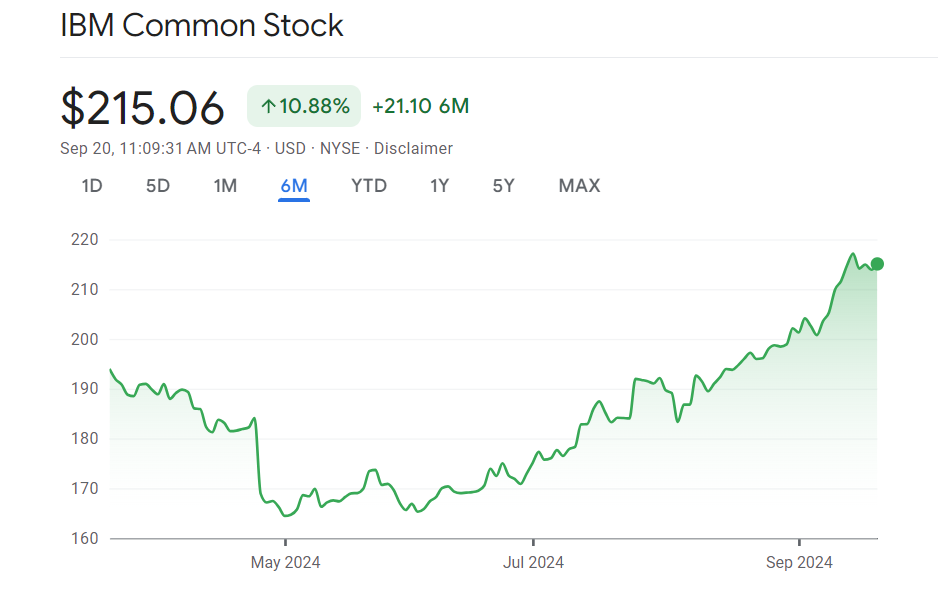Companies invest heavily in video production to get a return on that investment. Some videos perform and create leads, engagement, or business results. Others fizzle out, cast aside in the void, despite similar budgets and intentions. But it’s not a toss-up to see which ones fail or succeed.
The difference between videos that perform and those that are a waste of money often comes from decisions made long before the shoot begins or problems that snowball throughout production and distribution. Learning common pitfalls helps companies avoid these mistakes.
Starting With No Purpose
The majority of failed video projects come from ill intentions and vague reasoning. Someone at a company recognizes that they need video because their competitor has it or they hear that it’s good for marketing purposes. Still, without clear intentions based on business goals, there’s no measurement for success and decision-making during production becomes guesswork.
For example, a video meant to create leads requires a different structure and call to action than one meant to build brand awareness. Internal-facing communication is different from reaching out to cold prospects to get them in the door. To attempt to create one video that achieves several disjointed objectives more often means it fails to achieve them all.
Decision-making in production depends on targeting. A technical buyer must have a different perspective than general consumer interest. Busy C-level executives will want tighter pacing than invested enthusiasts. When companies skip this step, they’re left with mediocre, general content with no true benefit to anyone.
Underestimating Needs
Budgeting blunders kill video projects on a regular basis. Companies see the cost of professionally managed video and decide to go cheap on the option either trying to do it themselves without the proper skills or realizing they need help but settling for entry-level, entry-priced results.
But the happy medium between too cheap and too expensive exists based on an understanding of what drives costs in the first place.
Professional video is more than pointing a camera and pressing record. There’s pre-production planning, scouting locations, booking talent, and equipment which adds up before production even starts. Then the shoot (which takes longer than expected when done well) happens followed by post-production, which often represents half of the total investment once raw footage has been turned into sellable content.
Many competitive businesses have branded houses and other teams with which they work, whether it’s a production house in Singapore for local endeavors or elsewhere, experience matters. Attempting to skip the expense of know-how generally wastes more time (and footage) down the line.
Ignoring Platform Needs
A one-size-fits-all approach doesn’t bring a video alive across different platforms. Each has various technical requirements, audience expectations, and content conventions. A YouTube video fails on LinkedIn; Instagram offers different pacing than Facebook and TikTok poses completely different standards than any of them.
Aspect ratios matter more than companies realize. Vertical works on some platforms; horizontal works better on others; square is a hybrid but getting it wrong means poor display, cropping errors, or lack of professionalism that viewers recognize even if they can’t articulate why.
Length restrictions differ by need and platform as well. LinkedIn allows for longer, more detailed pieces; Instagram demands brevity; YouTube allows for extended discussion but only if the hook catches someone in the first three seconds. Ignoring these ideations means failing to understand how and why people consume content in the first place.
Faded Starts
Five to ten seconds will dictate whether anyone watches the rest of the video. The professional logo startup, fade-in, or unnecessary build causes many potential viewers to deter immediately. YouTube and Facebook penalize content with high drop-off rates so viewers can view, but it’s to avoid wasted time for them.
Many business videos come out of the gate strong with vague signposts. They spend time letting people know who they are or what they’re doing before getting to the good stuff and by then, viewership has already plunged. Leading with the punchline or compelling content first even if counterintuitive works better with supporting comment as needed.
Thumbnails and titles work just as hard behind the scenes as actual movies and content. Click-worthy thumbnails that aptly represent content get more views while titles that signify good intent bring the right audience; otherwise generic titles auto-generated thumbnails doom excellent videos to the depths of obscurity.
Bad Audio Quality
Terrible audio sends videos to the grave quicker than almost any other issue. A viewer can tolerate poor visuals but uncomfortable and unclear audio is physically painful. Background noise, varied volume levels, echo, and mushy dialogue all create friction that remove people.
But therein lies the issue: audio issues aren’t always caught during recording; what sounds acceptable at the time can rear its ugly head during editing. Background hum that needs removal, competing dialogue with background noise, room tone that’s inconsistent from cut to cut and fixing them requires tools.
Even with sound where there should be sound, improper mixing blurs potential quality. Music too loud overwhelms anticipated dialogue; sound effects too quiet lose their punctuation abilities; volume levels change from low to high which provide manual adjustments for no one who wants added friction.
Disconnected Distribution Strategy
Who cares if you create great video if no one ever sees it? Organic reach is declining across social platforms at alarming rates meaning even great content needs an advocate beyond current followers otherwise all efforts go unacknowledged and companies that create videos without budgeting for distribution are wasting funds.
SEO accounts for video just like written content titles matter, tags, descriptions, and transcripts all impact discoverability; captions provide text for search engines to crawl although humans appreciate additional accessibility. These achievements take time but allow people to discover good stuff in search engines otherwise they languish.
Timing matters for certain types of videos; product launches need coinciding releases; seasonal content has limited windows; event coverage goes stale fast; poor timing means even great ideas carry little weight regardless of nuance down the line.
Missing Calls-to-Action
Videos that don’t tell people what to do next after they’ve put up with their attention for x amount of minutes wasted valuable effort. Whether companies need people to visit their website, request demos, sign up for their newsletters, or simply subscribe, no next step leads engaged viewers nowhere.
Actions should be organically mentioned throughout the piece naturally, not just tacked on last-minute like some bad sales pitch. Sidelines about relevant resources or services are appreciated but don’t seem overly aggressive while overt tack-ons guide viewers toward actions but it should appeal at that moment’s stage in trust-building.
It’s important to make these actions easy or else why bother? Links in descriptions, pinned comments with URLs, on-screen text showing where to go all serve as frictionless connectors but if too much friction exists between video and needed action people won’t bother even if it’s stunning.
Measuring the Wrong Metrics
It’s nice to get views or likes but does that gauge success? A thousand views with zero outcome mean less than 200 views that create leads or sales; focusing on vanity metrics means optimizing for something wrong as success doesn’t rely upon those metrics.
The right metrics rely upon video objectives; awareness-driven content should track reach and how long people watch; lead-driven videos need click through conversion tracking; customer education content should measure engagement efforts afterwards. Without clear intentions ahead of time success is impossible.
Long-term tracking over time reveals patterns that single performance can’t answer: Which topics resonate? Which videos’ lengths were preferred? Where’s the best platform for genuine business reasons? This data contributes to future strategy but only when viewed over time.
A Compound Effect of Little Decisions
Successful business videos rarely come down to one factor explaining their success. Instead, it comes down to dozens of little decisions combined together across distribution channels to maximize effective performance. Intentions lead to focused storytelling. Solid production makes a strong case. Good distribution gets in front of eyes. Effective calls-to-action turn attention into goodwill.
Failed videos rarely come down to one item solving their fate downward into the abyss. Instead, little parts work against one another compounded by disparate ideology fading intentions lead down unfocused paths; cutting corners bring questionable visions into play; limited distribution decreases inevitable reach; missed calls-to-action throws attention down the drain.
Ultimately, it’s not as extreme as one equity decision over another that determines success or failure but instead treating video as a real business tool deserving practical investments and intentional thinking as opposed to making it a checkbox to get done for as little as possible like marketing fluff. Companies that recognize this truth produce well-justified content against initial costs with measurable outcomes attached from different perspectives.




